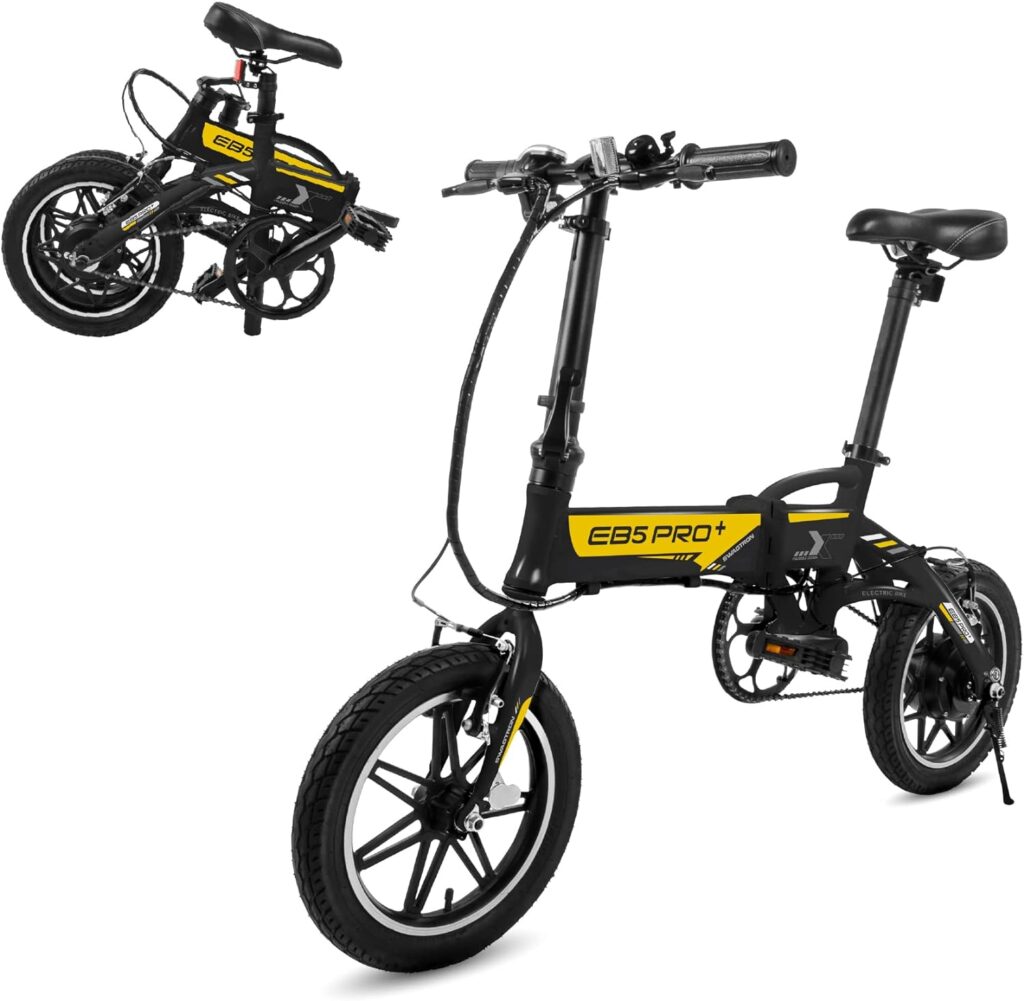
Introduction
In the realm of sustainable and efficient transportation, electric e bikes have emerged as a revolutionary force, combining the convenience of traditional bicycles with the power of electric propulsion. This article delves into the world of electric e bikes, examining their rising popularity, technological advancements, and the impact they have on both commuting and recreational cycling.
The Rise of Electric E-Bikes
In recent years, electric e-bikes have experienced a surge in popularity, transforming the way people perceive and engage with cycling. This rise can be attributed to several factors, including a growing emphasis on eco-friendly transportation, increased awareness of health and fitness, and advancements in battery and motor technologies.
Eco-Friendly Commuting
One of the primary drivers behind the adoption of electric e-bikes is the desire for more sustainable transportation options. As concerns about climate change escalate, individuals are seeking greener alternatives to traditional vehicles. Electric e-bikes offer a low-carbon footprint solution, producing zero emissions during operation and requiring significantly less energy to manufacture compared to electric cars.
Health and Fitness
While electric e-bikes provide electric assistance, riders still engage in physical activity, pedaling and steering as they would on a conventional bicycle. This hybrid approach allows individuals to enjoy the health benefits of cycling without the physical strain, making it an attractive option for those who may be hesitant to take up traditional biking due to fitness concerns or physical limitations.
Technological Advancements
The evolution of battery and motor technologies has played a pivotal role in the popularity of electric e-bikes. Lithium-ion batteries, lightweight and capable of holding a substantial charge, have become the power source of choice. Coupled with efficient electric motors, these bikes can provide a smooth and powerful ride, often with adjustable levels of assistance to suit varying terrain and rider preferences.
Types of Electric E-Bikes
Electric e-bikes come in various forms, each tailored to meet specific needs and preferences. Understanding the different types helps potential buyers make informed decisions based on their intended use.
Commuter E-Bikes
Designed for urban commuting, commuter e-bikes typically feature a comfortable riding position, integrated lights, and fenders for all-weather usability. They are ideal for navigating city streets, providing an efficient and eco-friendly alternative to traditional commuting methods.
Mountain E-Bikes
For outdoor enthusiasts, mountain e-bikes offer electric assistance on rugged terrains. These bikes come equipped with robust frames, enhanced suspension systems, and knobby tires to tackle challenging trails. The electric motor assists riders in conquering steep inclines and covering more ground during off-road adventures.
Folding E-Bikes
Compact and portable, folding e-bikes cater to individuals with limited storage space or those who need a bike that can easily be stowed in a car, train, or bus. These bikes are practical for urban commuting and travel, offering both electric assistance and the convenience of a folding design.
Cargo E-Bikes
Cargo e-bikes are designed to carry substantial loads, making them an excellent choice for transporting groceries, goods, or even children. With electric assistance, these bikes make it easier to navigate urban environments while hauling heavy loads, promoting sustainable and practical alternatives to traditional cargo transport.
Benefits of Electric E-Bikes
The surge in popularity of electric e-bike can be attributed to the numerous advantages it offer to riders and the environment alike.
Reduced Environmental Impact
By choosing electric e-bikes, riders contribute to a cleaner environment by reducing their carbon footprint. With zero emissions during operation and a lower environmental impact in manufacturing, these bikes align with the growing global focus on sustainable living.
Increased Accessibility
Electric e-bike open up cycling to a broader demographic, including those who may not have considered traditional biking due to physical limitations or concerns about stamina. The electric assistance makes cycling more accessible and encourages a wider range of individuals to embrace an active lifestyle.
Cost-Effective Transportation
Compared to traditional automobiles, electric e-bike is a cost-effective mode of transportation. They require minimal maintenance, and the cost of recharging the battery is significantly lower than fueling a car. This affordability makes electric e-bike an attractive option for daily commuting and transportation needs.
Conclusion
Electric e-bike represent a transformative force in the world of transportation, combining the best of both worlds: the eco-friendly appeal of traditional bicycles and the efficiency of electric propulsion. With technological advancements, diverse models catering to specific needs, and a range of benefits, electric e-bike is shaping the future of sustainable and accessible commuting and recreational cycling. As we continue to prioritize environmentally conscious choices and seek innovative solutions to transportation challenges, electric e-bike is poised to play an increasingly significant role in the evolving landscape of urban mobility.
Also Read: Electric Bikes Rentals Near Me